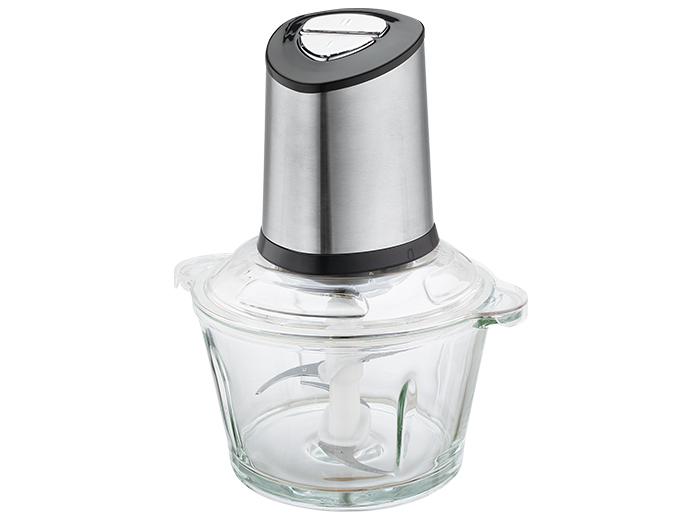The era of incandescent lamps is about to say goodbye to us. Throughout the 20th century, Edison invented the incandescent lamp that stood the test of time and became the standard universal lighting tool. But new lighting technologies - especially light-emitting diodes ( LEDs ) - will eventually replace incandescent and fluorescent lamps.
Incandescent lighting technology is clearly on the wrong side as the entire world saves energy budgets due to rising energy costs. 97% of the energy consumed by an incandescent lamp is wasted. Fluorescent lamps, although slightly better, still waste 85% of their energy. Moreover, the average life of these two lamps is only about 5,000 hours. In addition, fluorescent lamps use toxic mercury, which emits light in a rougher color. Neither of these technologies can be compared to white LEDs - it not only has a lifetime that is 10 times longer than the former, it does not use toxic substances, and it can emit almost any color of light. More importantly, its light conversion efficiency is no less than that of fluorescent lamps.
Table 1: Comparison of various lighting technologies
Therefore, in the field of general lighting applications, the transition to LED technology will greatly reduce energy consumption. A recent study by the US Department of Energy predicts that by 2025, the widely promoted white LED will save 10% of the world's electricity and save $100 billion. According to the National Laboratory of San Diego, such energy savings mean that global power plants emit 350 million tons of carbon dioxide per year. Government leaders have begun to notice this. For example, Australia recently announced a decree to end the use of low-efficiency incandescent lamps as part of its plan to reduce greenhouse gas emissions and reduce household energy expenditures.
Although white LEDs are an ideal solution for today's large-scale lighting, designers are faced with the challenge of popularizing LED-enabled electronic devices into every single bulb. First, space constraints require LED drivers to be small and efficient. At the same time, it is also necessary to consider the heat dissipation factor, which has an important influence on the reliability of the lighting equipment and imposes restrictions on the design density. Finally, designers must also carefully consider the EMI impact of their products.
Designers can use buck and buck/boost switch mode power supply (SMPS) converters based on non-isolated commercial off-the-shelf (COTS) inductors in low-power (≤3 W) lighting applications due to the inability of users to obtain drive equipment. . Both circuits do not require a transformer and have many other advantages. This article will compare the two topologies and discuss the trade-offs for each topology.
2 topologies
Figure 1 shows a LinkSwitch-TN configured as a basic buck converter (1a) and a basic buck/boost converter. LinkSwitch-TN simplifies conversion by integrating a power MOSFET, oscillator, simple on/off control scheme, a high voltage switching current source, frequency jitter, cycle-by-cycle current limit, and thermal shutdown circuitry on a single IC Design and reduce the number of components. It is self-powered via the DRAIN pin, so there is no need for a bias supply and associated circuitry. As a low-cost, high-efficiency solution for replacing linear and capacitive non-isolated power supplies below the 360mA range, LinkSwitch-TN offers state-of-the-art linear regulation and complex regulation with higher efficiency than passive solutions and high power factor For capacitive solutions.
Figure 1: Basic configuration of LinkSwitch-TN as a) 1 buck converter and b) 1 buck/boost converter
Glass Bowl Food Choppers are our main food choppers. We have 0.6L, 1.2L, 1.8L optional with pure clear and thick glass bowl. Besides, we have molding polyfoam packing for glass bowl and our glass bowl is thick and strong, it is not easy broken. What's more, glass bowl is easy to clean.
Description of Glass Bowl Food Choppers
300W/350W
S/S housing
pure clear and thick glass bowl with double blades
one/two speeds with safety lock
metal gear
6pcs/ctn

Glass Bowl Food Choppers
Glass Bowl Food Choppers,Glass Bowl Choppers,Kitchen Food Processor,Vegetable Chopper
Flying Electronic Co., Ltd , http://www.flyingelectronic.com